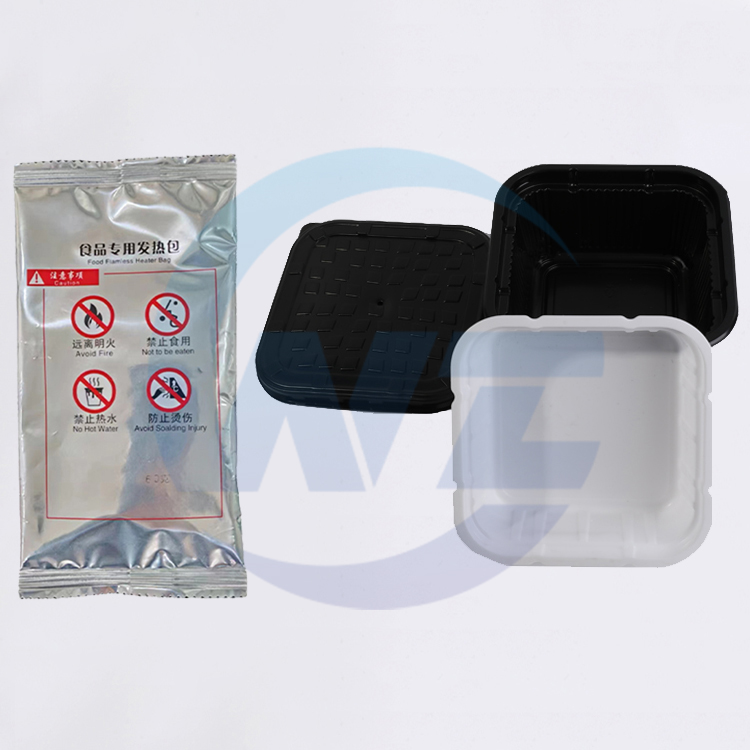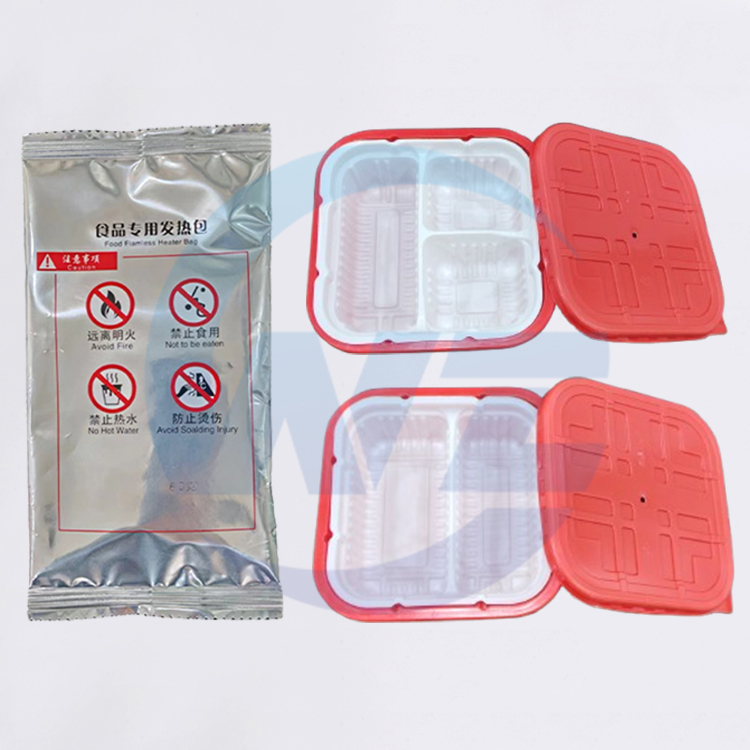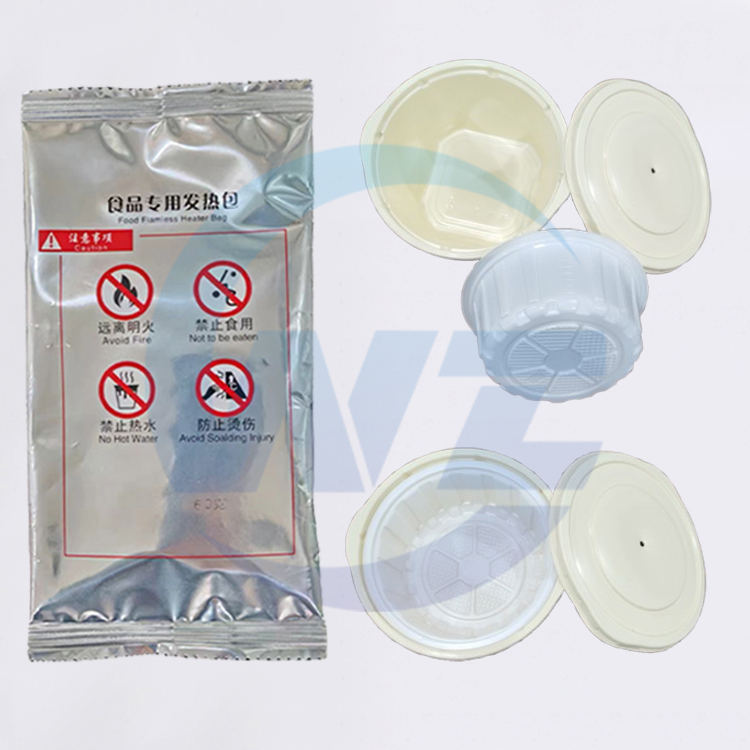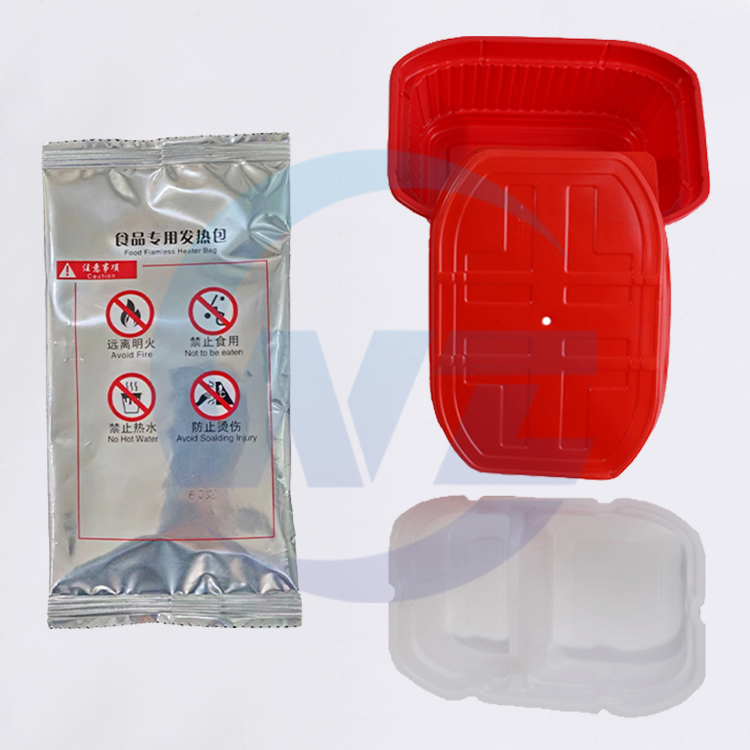by Kevin
Share
by Kevin
Share

Flameless ration heaters (FRHs) are a marvel of modern convenience, providing a hot meal without fire or electricity. A common and important question from users is: “How hot do they actually get?” Understanding the temperature output is crucial for both effective use and safety. This article delves into the science behind the heat, the typical temperatures you can expect, and the safety features that make these devices reliable for military, outdoor, and emergency use.
Features of Flameless Ration Heater Temperature
Controlled Heat Output
FRHs are engineered to produce a significant amount of heat, but within a controlled range. The goal is to heat a meal to a safe and palatable temperature (typically around 60°C or 140°F) without posing a burn risk or damaging the food pouch.
Rapid Temperature Rise
Upon activation with water, the chemical reaction begins almost immediately, causing the temperature to rise rapidly. The heater can reach its peak temperature within the first 5-10 minutes, effectively transferring that heat to the meal.
Steam-Based Heating
The primary mechanism for heating the food is steam. The water added to the magnesium and iron mixture boils, producing hot steam that circulates within the heating sleeve. This method ensures even, moist heat that prevents the food from drying out or burning.
Self-Regulating Reaction
The exothermic reaction is naturally self-limiting. As the magnesium and iron are consumed, the rate of heat production decreases, and the heater gradually cools down after reaching its peak.
Popular Uses Related to Heater Temperature
Military Field Operations
For soldiers, the heater’s ability to function in extreme cold is vital. Even if the ambient temperature is below freezing, the FRH generates enough heat to thaw and warm a meal, providing critical calories and morale.
Outdoor Adventures
Campers and hikers benefit from the predictable heat output. They can rely on the FRH to prepare a hot meal even on a chilly mountaintop, without the risk of an uncontrolled fire.
Emergency Preparedness
In a power outage or disaster situation, the ability to heat food safely indoors is a major advantage. The contained, flameless heat makes FRHs a safe choice for warming meals inside a vehicle or a shelter.
Conclusion
So, how hot do flameless ration heaters get? They are designed to reach temperatures high enough to bring a meal to a safe and enjoyable eating temperature, generally peaking around 80-90°C (175-195°F) at the heater surface, while the food itself reaches a more moderate 60°C (140°F). This controlled, powerful heat is what makes them so effective. By understanding the factors that influence their temperature and following safety guidelines, you can confidently use an FRH to enjoy a hot meal in any situation. They are a testament to how simple chemical principles can be harnessed for safe, reliable, and life-sustaining applications.
If you have further questions about the performance or safety of flameless ration heaters, or if you need help choosing the right product for your needs, please contact us. We can provide expert advice and tailored recommendations. If you are unsure about any aspect of their use, consult us. Our team is ready to provide professional services and answer all your questions. You are welcome to consult us at any time!
STAY IN THE LOOP



